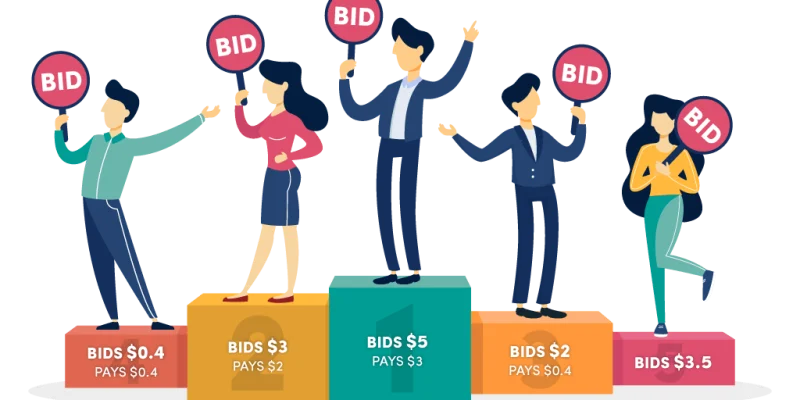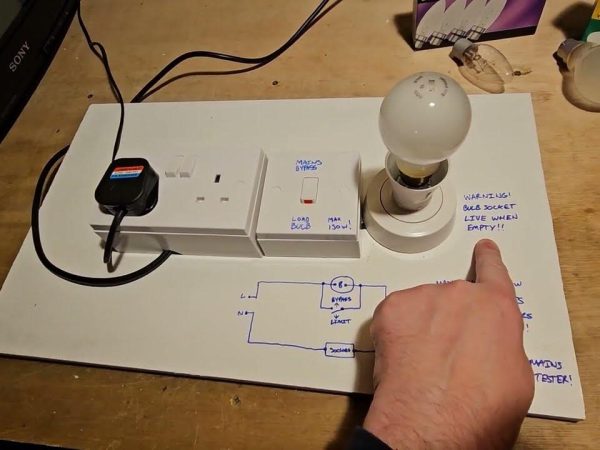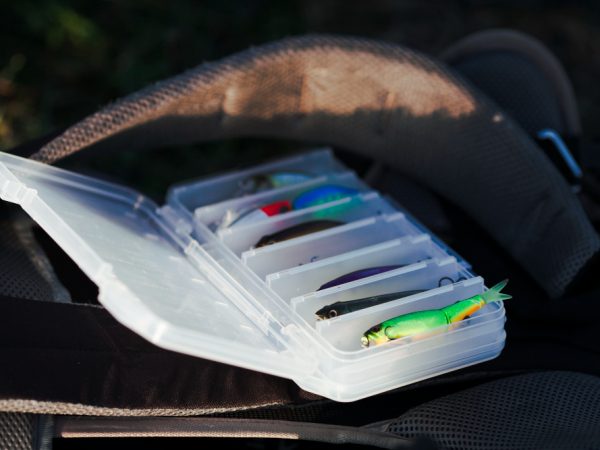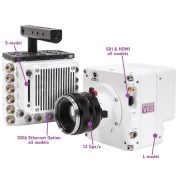What Is Starting Bid? Understanding Its Role in Auctions

Auctions, whether live or online, are exciting marketplaces for buying and selling items. A key concept in this environment is the starting bid—a term that can significantly impact the success of an auction. Understanding what is starting bid and how it works is essential for both buyers and sellers to make informed decisions and maximize their outcomes.
This article explains the starting bid, its importance, and how it shapes the auction process. Whether you’re a first-time bidder or a seller planning to auction an item, this guide will provide valuable insights.
What Is Starting Bid?
The starting bid is the minimum price at which an item is introduced at auction. It is the lowest amount a bidder can offer to participate in the bidding process. The starting bid acts as a baseline, ensuring the auction begins at a value deemed acceptable by the seller or auction house.
Key Features of a Starting Bid
- Baseline Price: Sets the minimum acceptable offer for the item.
- Determined by Seller or Auctioneer: Often based on the item’s value, market demand, and seller expectations.
- Triggers Competition: Encourages bidders to place higher bids, driving up the final sale price.
How Does a Starting Bid Work?
Announcement of the Starting Bid
- The auctioneer or online platform announces the starting bid price at the beginning of the auction.
- For example, an auction for a painting may start with a bid of $500.
First Bidder Places a Bid
- Interested buyers must place a bid equal to or higher than the starting bid to enter the auction.
Incremental Bidding
- Subsequent bidders offer higher amounts, following bid increments set by the auctioneer or platform.
Final Sale
- The auction ends when no higher bids are placed, and the highest bidder wins the item.
Why Is the Starting Bid Important?
Encourages Participation
- A reasonable starting bid attracts bidders by making the item appear affordable and worth competing for.
Sets the Value Perception
- The starting bid helps establish an item’s perceived value in the eyes of potential buyers.
Ensures Minimum Sale Price
- Sellers use starting bids to ensure they don’t sell an item for less than its base value or cost.
Drives Competitive Bidding
- A well-chosen starting bid can create excitement and competition, leading to a higher final sale price.
How to Set a Starting Bid
For sellers, setting the right starting bid is crucial to attracting buyers while ensuring profitability.
Research the Item’s Value
- Understand the market value of the item by researching similar auctions or consulting experts.
Consider Buyer Psychology
- Set a starting bid low enough to entice bidders but not so low that it undervalues the item.
Factor in Reserve Price
- If you have a reserve price (the minimum amount you’re willing to accept), ensure the starting bid complements it.
Align with Auction Goals
- For items with high demand, a low starting bid can stimulate bidding wars.
- For niche or less popular items, a higher starting bid may be more appropriate to reflect its value.
Examples of Starting Bids in Different Auction Types
| Auction Type | Example of Starting Bid |
| Live Auction | A piece of antique furniture starts at $1,000. |
| Online Auction | An eBay listing begins with a starting bid of $50. |
| Charity Auction | A donated gift basket starts at $20 to encourage participation. |
| Real Estate Auction | A property’s starting bid is set at $200,000 based on appraisal. |
Tips for Buyers Evaluating Starting Bids
Research Market Value
- Compare the starting bid with the item’s average market price to ensure it’s a fair deal.
Avoid Emotional Bidding
- Stick to your budget and avoid exceeding your maximum bid limit, even if the auction gets competitive.
Monitor Bidding Activity
- If the starting bid is low and competition is fierce, prepare to bid strategically to win.
Use Proxy Bidding (Online Auctions)
- Set a maximum bid limit, and let the platform automatically place bids on your behalf to avoid overspending.
Common Mistakes When Setting or Evaluating Starting Bids
For Sellers
- Setting a Starting Bid Too High: Discourages bidders and may result in no bids.
- Setting a Starting Bid Too Low Without a Reserve Price: Risks selling the item for less than its worth.
For Buyers
- Overvaluing the Starting Bid: Mistaking the starting bid as reflective of the item’s market value.
- Underestimating Competition: Assuming the low starting bid means low final costs.
Conclusion
The starting bid plays a vital role in shaping the dynamics of an auction. For sellers, it sets the stage for competitive bidding while safeguarding the item’s value. For buyers, understanding the starting bid ensures informed decisions and strategic bidding.
Whether you’re participating in a charity auction, an online platform, or a high-stakes real estate auction, knowing how starting bids work is essential to your success.
Ready to dive into the world of auctions? Evaluate starting bids carefully and make smarter bidding decisions today!
FAQs
1. What happens if no one bids at the starting bid price?
If no one places a bid, the item remains unsold unless the auctioneer decides to lower the starting bid or relist the item.
2. Can the starting bid be changed during an auction?
No, once an auction starts, the starting bid cannot typically be altered.
3. How is a starting bid different from a reserve price?
A starting bid is the initial price at which bidding begins, while the reserve price is the minimum price the seller is willing to accept.
4. What should I do if the starting bid is higher than my budget?
Avoid participating in auctions where the starting bid exceeds your budget. Look for other opportunities.
5. Are starting bids always low?
Not necessarily. Starting bids are set based on the item’s value, market demand, and the auctioneer’s strategy.
Also read: Dr. Paul Mackoul: 10 Expert Tips for Choosing the Best Gynecological Surgeon











